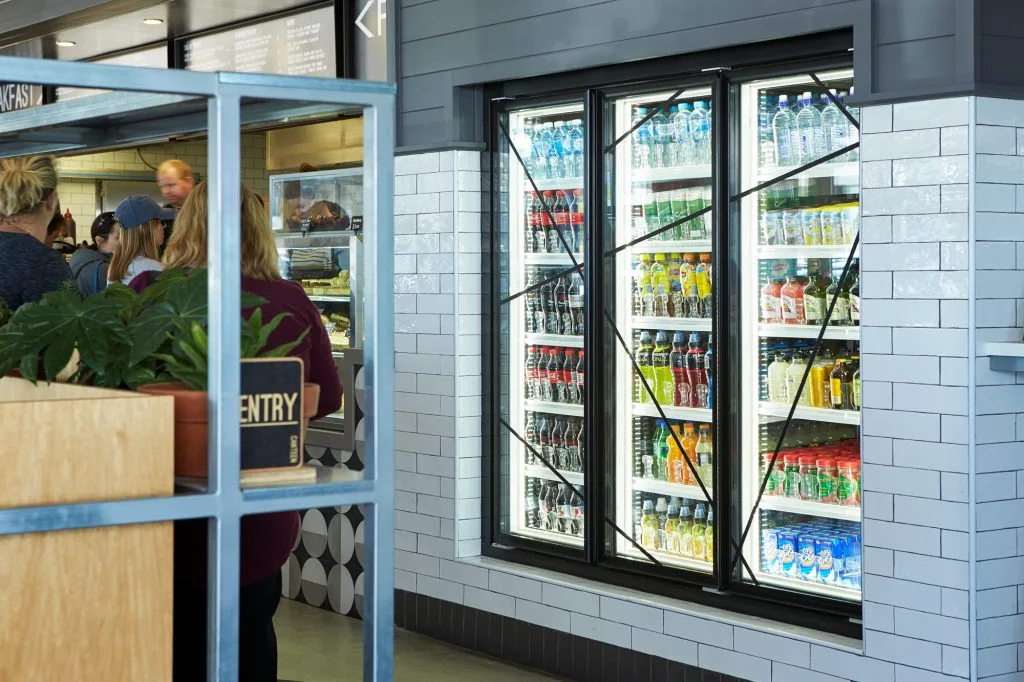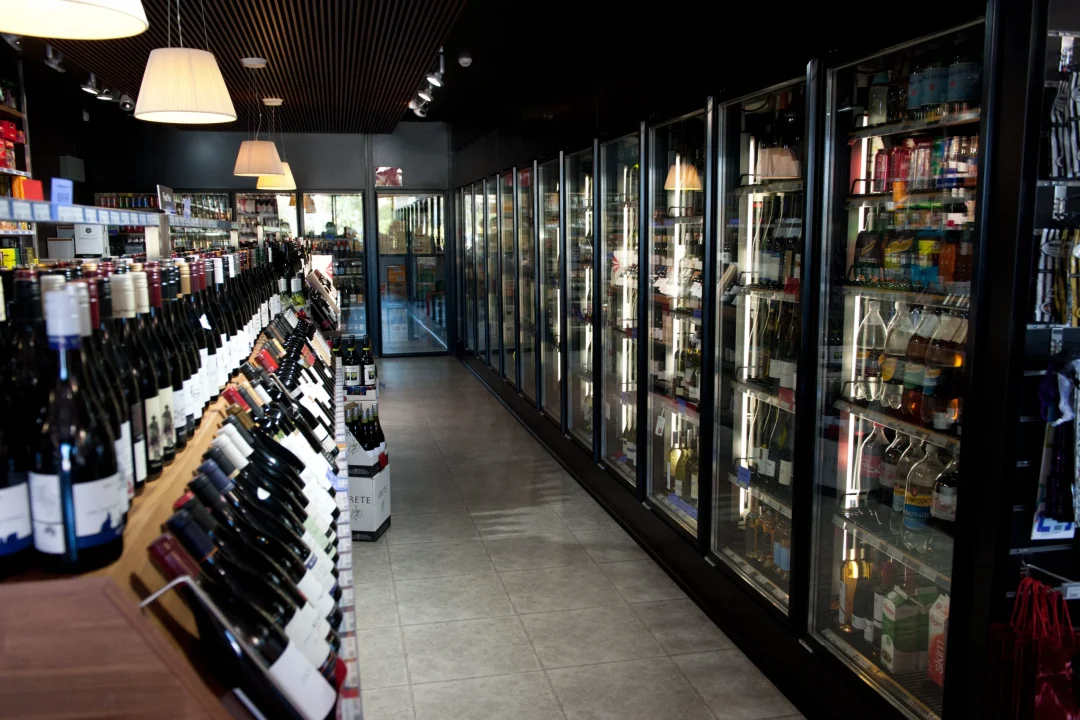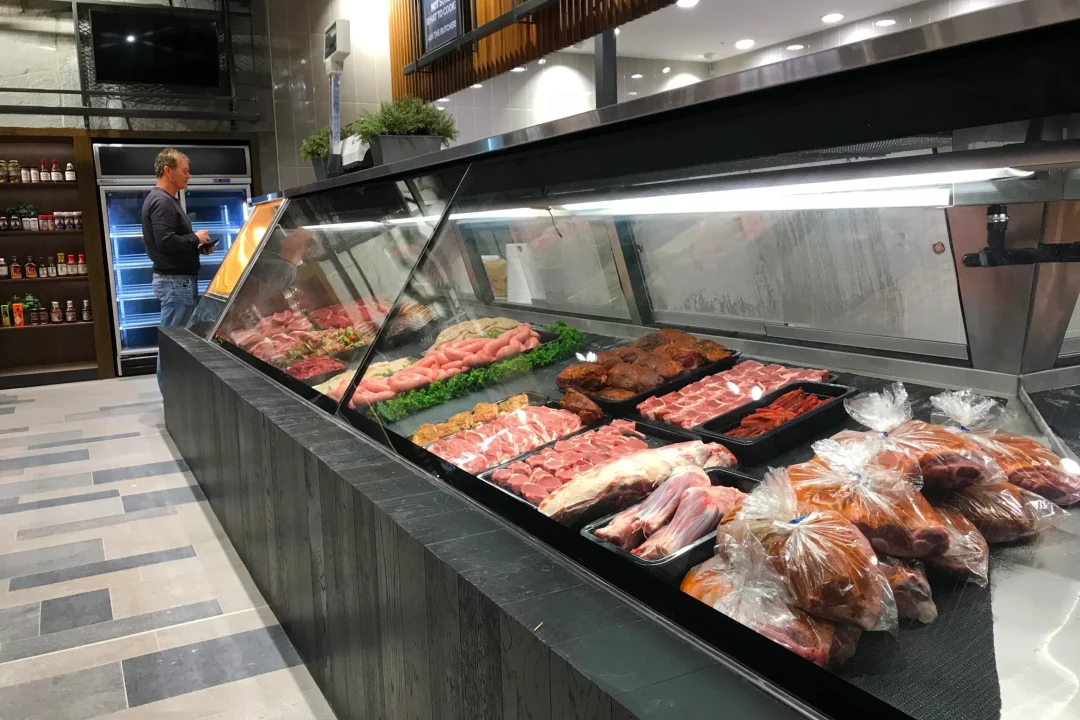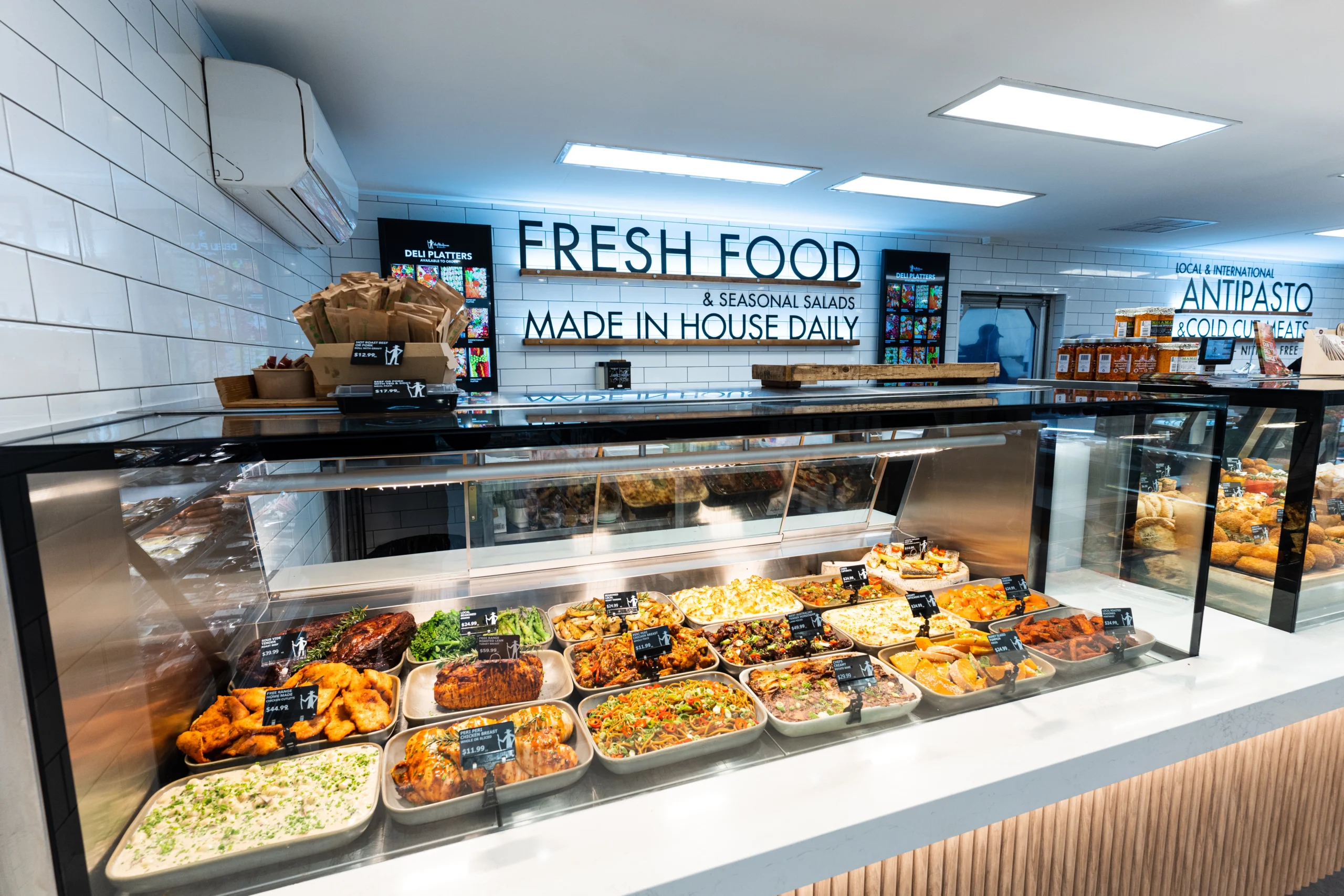INSIGHTS
5 Simple Maintenance Tips to Extend Your Refrigeration Equipment’s Lifespan in 2025
For many businesses, refrigeration systems are the backbone of daily operations, especially in sectors like hospitality, food service, and retail. However, when these systems break down unexpectedly, the consequences can be severe—leading to spoiled products, lost revenue, and even health violations. The problem? Too often, businesses overlook regular maintenance, assuming that their refrigeration units are running smoothly until something goes wrong.
In this blog post, we’ll guide you through essential maintenance tips that can help prevent these costly disruptions. By implementing these steps, you’ll not only extend the lifespan of your refrigeration equipment but also ensure that your business runs efficiently, safely, and in full compliance with industry standards.


1. Prevent Unexpected Downtime with Routine Inspections
Consistent inspections ensure your refrigeration units operate at peak efficiency, reducing the risk of costly breakdowns and unexpected downtime that can disrupt your business operations.
- Schedule Monthly Visual Inspections: Check for signs of wear and tear, such as loose seals, unusual noises, or visible leaks.
- Monitor Temperature Consistency: Regularly log temperatures to spot inconsistencies that could indicate potential issues.
- Inspect Electrical Connections: Ensure all wiring and connections are secure to prevent electrical faults.
- Clean Condenser Coils: Remove dust and debris from condenser coils to maintain optimal cooling efficiency.
2. Extend Equipment Lifespan with Preventative Maintenance
Proactive maintenance extends the life of your refrigeration units, delaying the need for costly replacements and ensuring consistent performance.
- Set Up a Quarterly Maintenance Schedule: Partner with a professional service provider to perform thorough checks and servicing.
- Lubricate Moving Parts: Regularly apply lubricant to motors, fans, and other moving components to prevent wear and tear.
- Check Refrigerant Levels: Ensure refrigerant is at the correct level to avoid overworking the compressor, which can lead to early failure.
- Replace Worn Gaskets and Seals: Inspect and replace gaskets and door seals to maintain airtight closures, preventing energy loss.
3. Reduce Energy Costs by Maintaining Optimal Efficiency
Well-maintained refrigeration systems run more efficiently, leading to lower energy consumption and reduced operational costs for your business.
- Calibrate Thermostats Regularly: Ensure thermostats are accurately controlling the temperature, avoiding overcooling or undercooling.
- Clean Air Filters: Replace or clean air filters regularly to improve airflow and reduce the strain on the system.
- Check for Air Leaks: Inspect and seal any gaps or cracks in the system to prevent cold air from escaping, which forces the system to work harder.
- Optimise Space Management: Ensure products are stored to allow for adequate airflow around refrigeration units, preventing the system from overcompensating.
4. Ensure Compliance with Health and Safety Standards
Regular maintenance helps your business meet health and safety regulations, protecting your reputation and avoiding fines.
- Conduct Regular Audits: Schedule regular audits to ensure your refrigeration systems meet the necessary health and safety standards.
- Document Maintenance Activities: Keep detailed records of all maintenance activities to demonstrate compliance during inspections.
- Test Alarms and Safety Features: Regularly test alarm systems and safety features like pressure relief valves to ensure they are functioning correctly.
- Educate Staff: Train your staff on the importance of refrigeration maintenance and how to identify potential issues before they become serious.
5. Safeguard Product Quality with Consistent Temperature Control
Maintaining consistent refrigeration temperatures preserves the quality and safety of your products, ensuring customer satisfaction and minimising waste.
- Install Temperature Monitoring Systems: Use automated systems to continuously monitor and log temperatures, alerting you to any fluctuations.
- Conduct Regular Temperature Mapping: Perform temperature mapping exercises to identify and address any cold spots or inconsistencies within your refrigeration units.
- Adjust Settings Based on Load: Adjust temperature settings to account for varying product loads to maintain consistent cooling.
- Schedule Annual Deep Cleans: Perform deep cleaning of the entire refrigeration system to remove any build-up of bacteria, mold, or debris that could affect temperature control and product safety.
Regular refrigeration maintenance is not just a good practice—it’s a crucial investment in the longevity and efficiency of your business operations. By following the steps outlined in this post, you can avoid unexpected breakdowns, reduce energy costs, and ensure that your products remain safe and of the highest quality.
Don’t wait for a problem to arise before taking action. Stay proactive and protect your business by keeping your refrigeration systems in top shape. If you’re ready to ensure uninterrupted business continuity, get in contact with Lazco today. Our expert team is here to help you with tailored maintenance solutions that keep your operations running smoothly.
FIND OUT MORE ABOUT LAZCO
See why we’re the leaders in Commerical Refrigeration & Sheet Metal Fabrication




